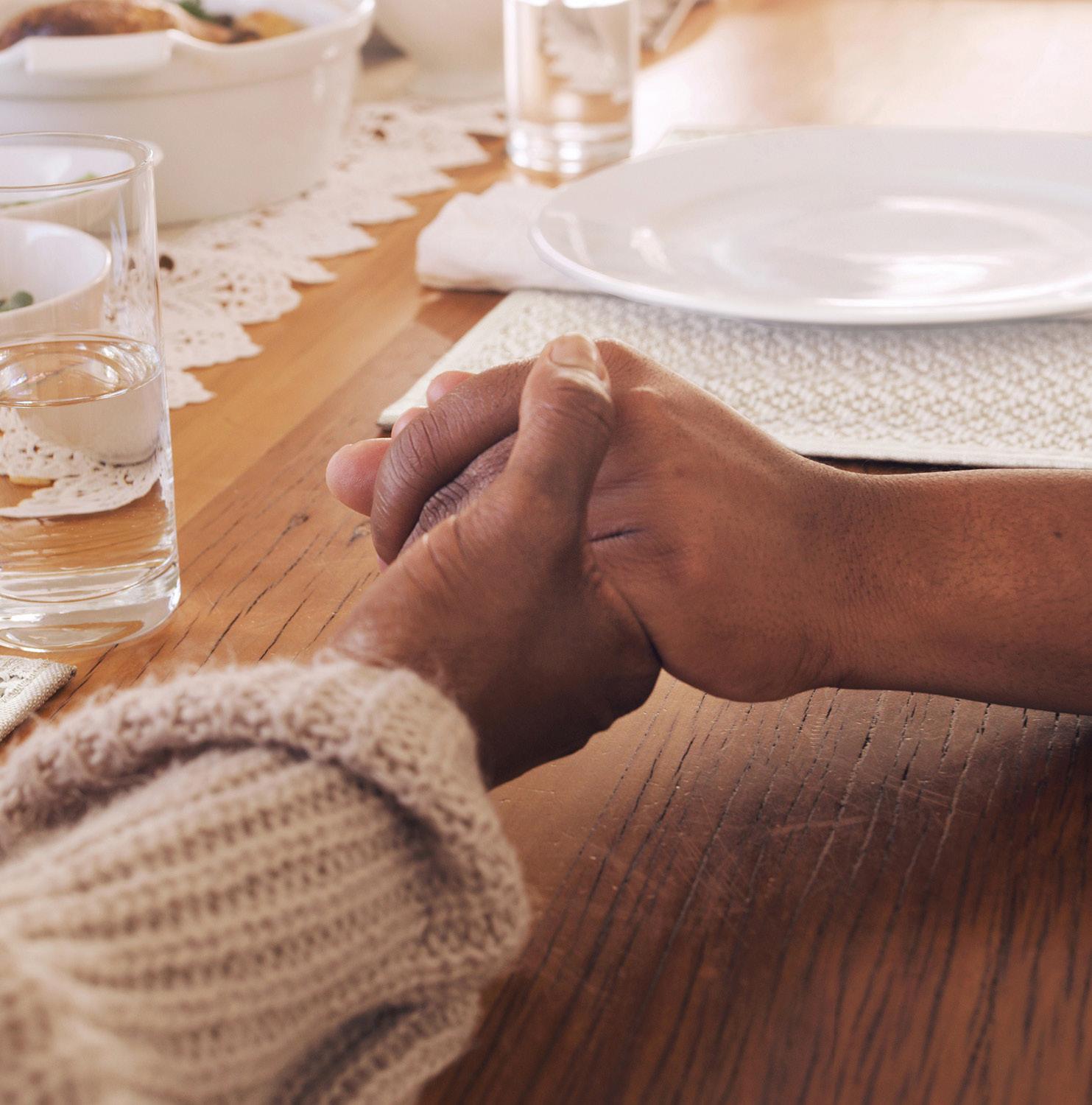
2 minute read
How to Help the Millions
HOW TO HELP THE MILLIONS OF AMERICANS Facing Hunger
Millions of people nationwide face hunger. And the COVID-19 pandemic has thrust even more Americans into this vulnerable position.
Advertisement
Before the COVID-19 crisis began, one in nine people, including 10 million children, already lived in a food insecure household. Communities of color are disproportionately affected by both poverty and hunger. For example, one in four Native American and Alaska Natives experience food insecurity. One in five Blacks and one in six Latinos experience food insecurity. As a result of the pandemic, unemployment has soared and the need for food assistance has increased.
More families are accessing food banks than ever before, and many of them for the very first time, which is why it’s really important for everyone to come kPHOTOGRAPHY COURTESY OF (C) SHAPECHARGE / ISTOCKPHOTO.COM.
together to help fight hunger,” says Casey Marsh, chief development officer for Feeding America, the nation’s largest domestic hunger-relief organization. food assistance in Mesa, Ariz. “I didn’t have to figure out if I was going to pay for groceries or pay for rent to keep my household afloat.”
Fortunately, efforts are being made to meet the sharp rise in food insecurity. As part of its “Many Hearts, One Community.” campaign, Wells Fargo fulfilled its commitment to help provide 82 million meals to families in need through the Feeding America network of 200 food banks during the holidays. This was a continuation of a decade-long relationship with the Feeding America network which, since the start of the pandemic, has included efforts such as turning Wells Fargo corporate properties and branch locations into mobile food distribution centers. Additionally, the company made grants over the holiday season to food banks operating in Wells Fargo’s global footprint.
“It was life-changing,” says Andrea Thomas, a single mother who received
So how can you get involved? There are 200 Feeding America member food banks across the country, many of which need volunteers to help pack food boxes, distribute food at drive-through pantries and more. Feeding America food banks have adjusted their practices to ensure social distancing to keep everyone safe. Contact your local food bank to see how you can help families in need. You can also join the fight to end hunger by making a donation. For more information, visit www.feedingamerica.org.
While the issue of hunger is pervasive and persistent, philanthropy, volunteerism and innovative efforts like drive-up food banks can help meet the needs of families across America. (StatePoint) l










